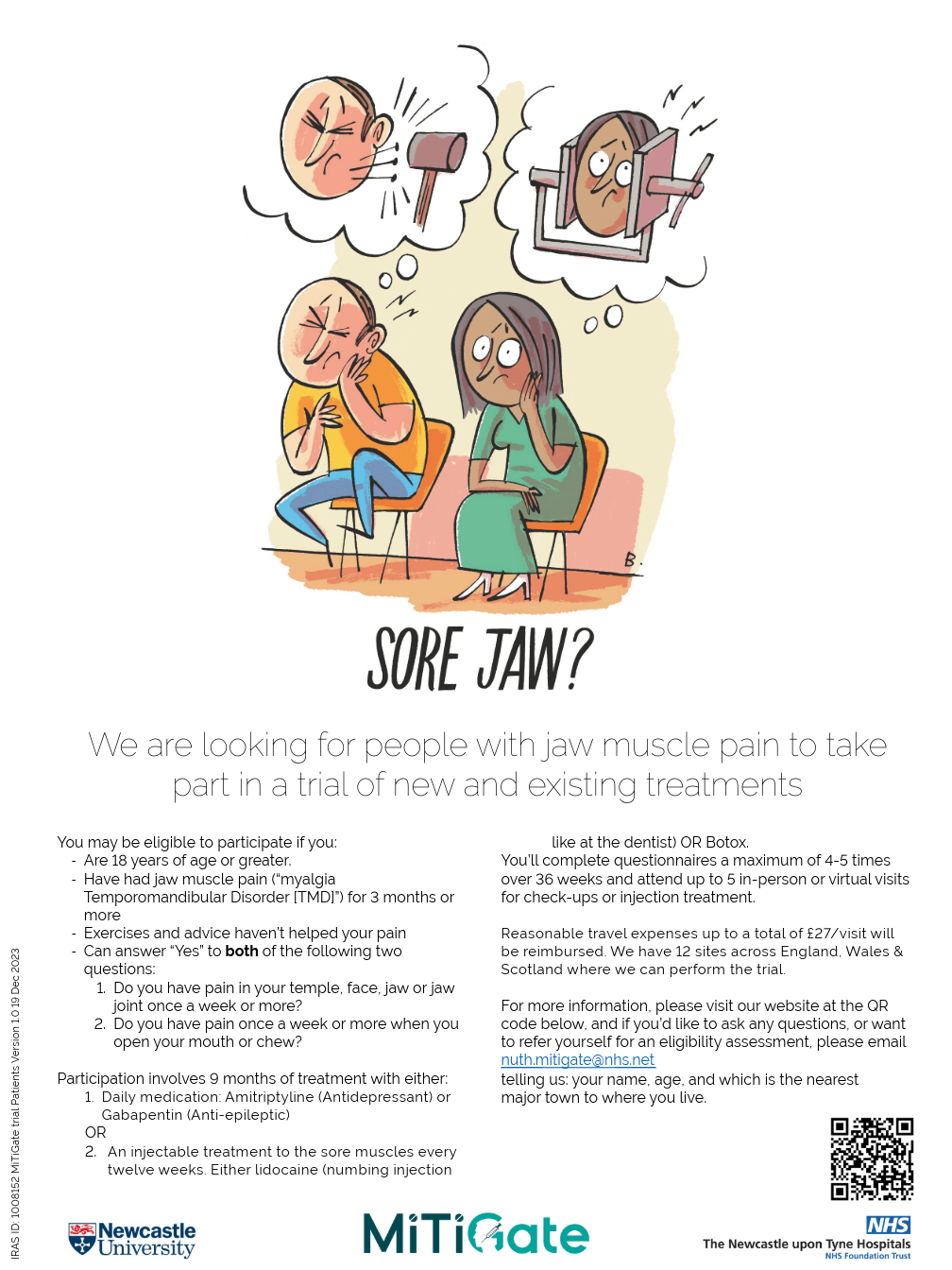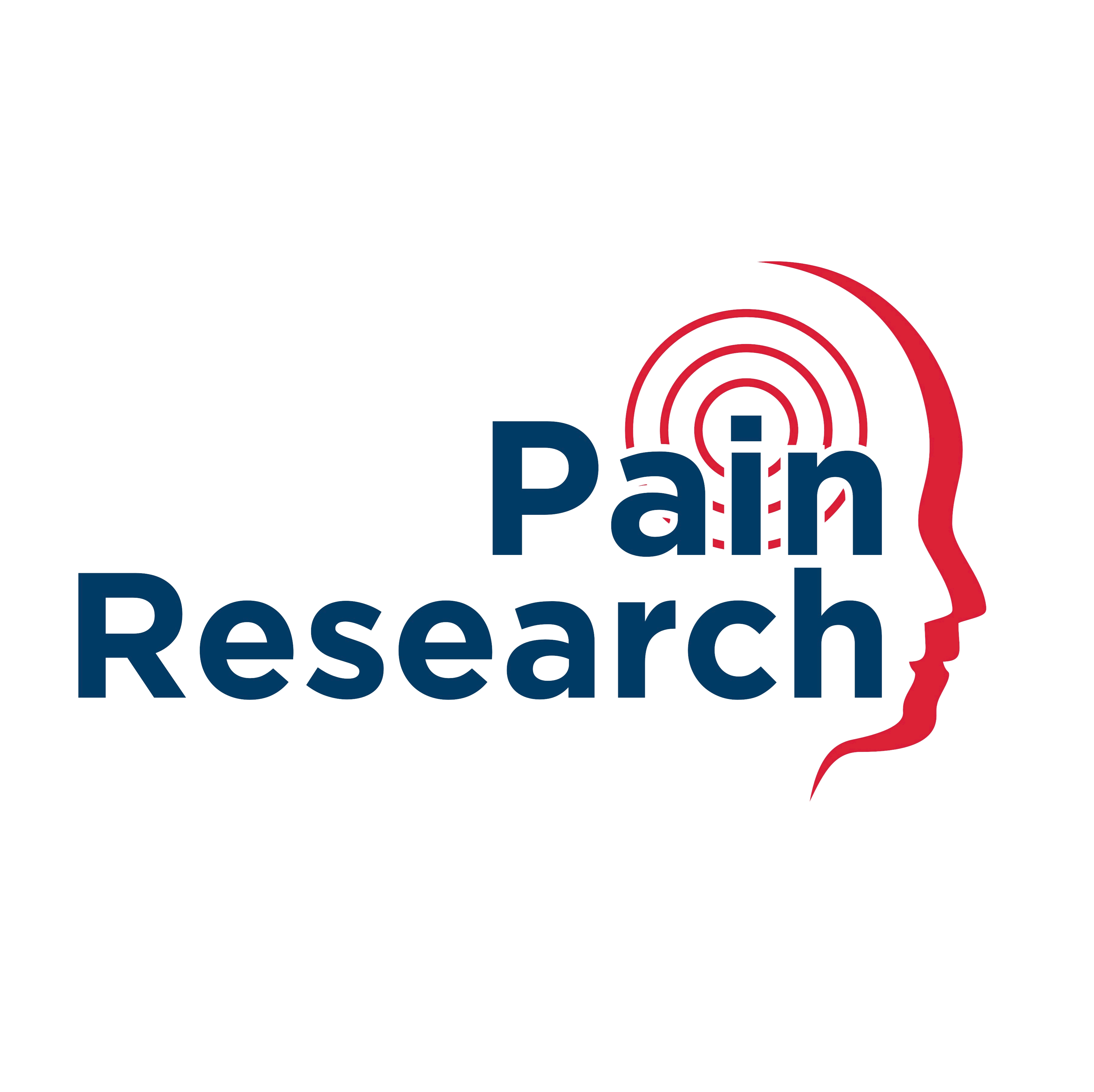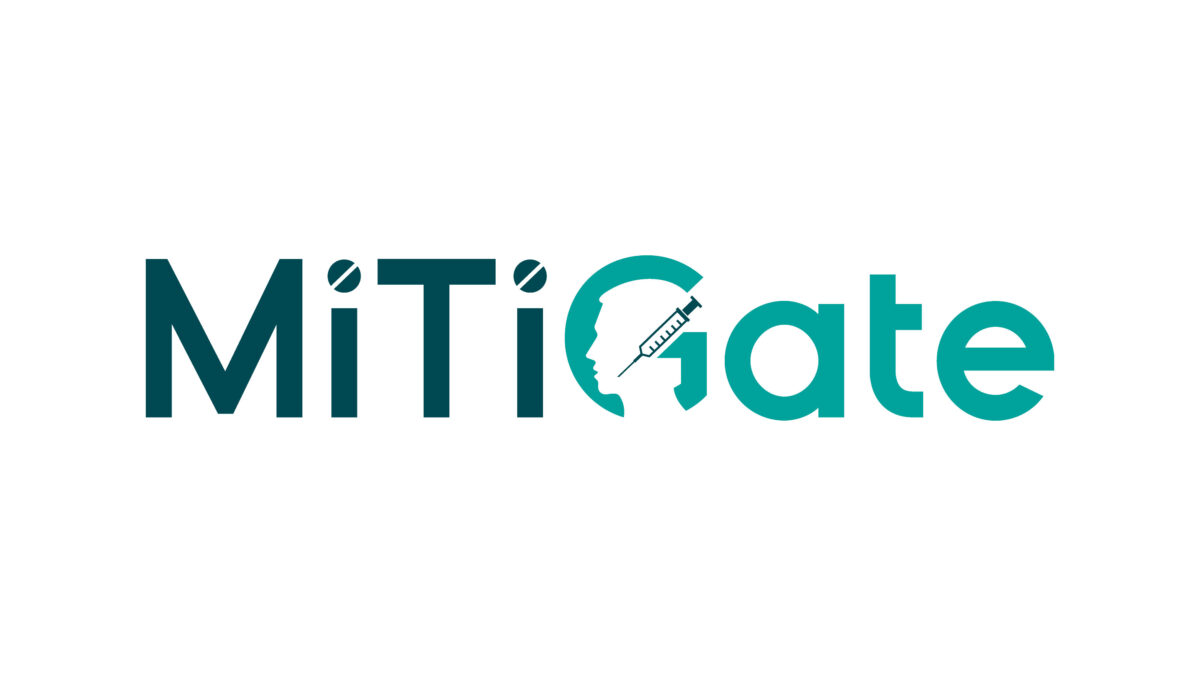MiTiGate Trial: Managing chronic Myalgia Temporomandibular Disorder: a pragmatic randomised controlled trial of Botulinum toxin type A, lidocaine, and amitriptyline/gabapentin, with internal pilot and cost-effectiveness analysis
To learn more, visit the MiTiGate Trial website here: https://www.mitigatetrial.co.uk/
To self-refer to the trial, please email nuth.mitigate@nhs.net

Plain English summary of the study
Temporomandibular disorders (TMD) affect the jaw joint and its muscles in 1 in 15 people. The most common TMD is “myalgia” TMD or “masticatory myofascial pain” (M-TMD). M-TMD causes pain in the jaw muscles and interferes with daily activities, for example, chewing, eating and talking, and worsens quality of life.
Self-management advice provided by dentists and doctors is helpful for M-TMD. However, up to 49% of people still suffer life-long pain, known as chronic M-TMD. People who develop life-long pain are referred to a hospital for specialist treatment.
Hospital specialists often use tablet treatments such as amitriptyline or gabapentin as the next step to reduce pain. However, newer treatments are available. These newer treatments involve injections of a “muscle relaxant” (Botox) or a “numbing” agent (Lidocaine) directly into the painful muscles.
Unfortunately, no high-quality evidence is available to help guide the specialists’ decisions on which of these treatments is the best next step.
Therefore, we will aim to generate the evidence needed by conducting a UK-wide clinical trial. We will recruit 663 people with chronic M-TMD from hospitals, medical and dental practices, and through different types of adverts and community engagement. We will randomise (allocate by chance) people into one of three groups: 1) usual treatment (amitriptyline and/or gabapentin medications); 2) Botox injections; or 3) Lidocaine injections. Each person will have an equal chance of receiving each treatment and will be told which treatment they are receiving. Medications will be monitored and adjusted, and the clinical team will provide injections every three months for those receiving them. Each treatment will continue for nine months.
Before recruiting large numbers of people, we will run a mini version of the trial called a “pilot study” to make sure what we are planning works well. We have already acted on lots of feedback from patients, doctors, and dentists to try to avoid any problems.
Patients have told us the best treatment must improve quality of life and reduce pain; the cost of treatment to the NHS is also important. Therefore, we will measure patients’ quality of life and pain intensity after treatment. We will also examine treatments’ value for money. To understand people’s experiences of the trial and each treatment, we will invite up to 30 participants to interview to share their views.
Minimising side effects is also crucial for patients; they worry Botox may affect the bone of the jaw joint. We will explore this in a small group of patients in the trial, using scans of the jaw joints; these don’t require radiation.
We will keep patients and the public involved during the trial through our patient and public involvement/engagement co-applicant and advisory group. Our previous creative patient and public involvement/engagement work, e.g. stand-up comedy and animations, will help us to capture people’s attention and explain things in an easy-to-understand manner.

